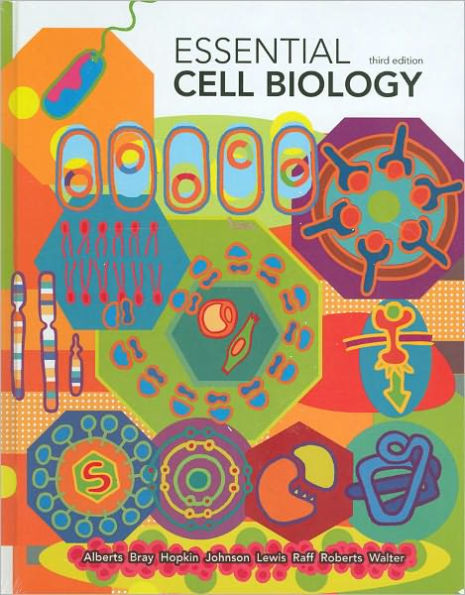5
1
9780815341291


Essential Cell Biology / Edition 3 available in Hardcover

Essential Cell Biology / Edition 3
- ISBN-10:
- 0815341296
- ISBN-13:
- 9780815341291
- Pub. Date:
- 04/06/2009
- Publisher:
- Taylor & Francis
- ISBN-10:
- 0815341296
- ISBN-13:
- 9780815341291
- Pub. Date:
- 04/06/2009
- Publisher:
- Taylor & Francis

Essential Cell Biology / Edition 3
$159.0
$159.00
This item is available online through Marketplace sellers.
$55.42
This item is available online through Marketplace sellers.
159.0
Out Of Stock

Product Details
| ISBN-13: | 9780815341291 |
|---|---|
| Publisher: | Taylor & Francis |
| Publication date: | 04/06/2009 |
| Edition description: | Revised |
| Pages: | 860 |
| Product dimensions: | 8.50(w) x 11.10(h) x 1.30(d) |
About the Author
From the B&N Reads Blog

